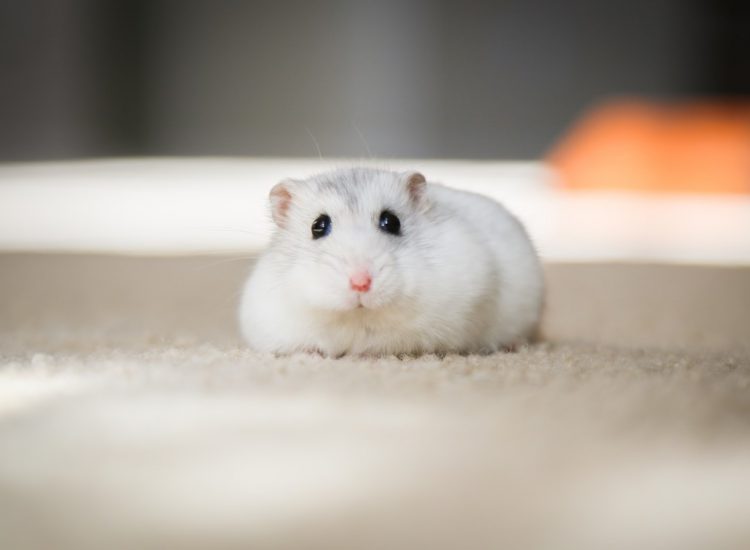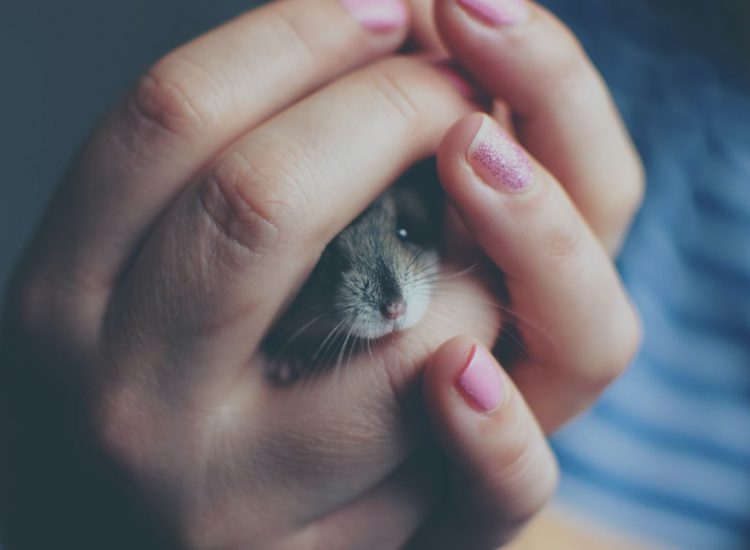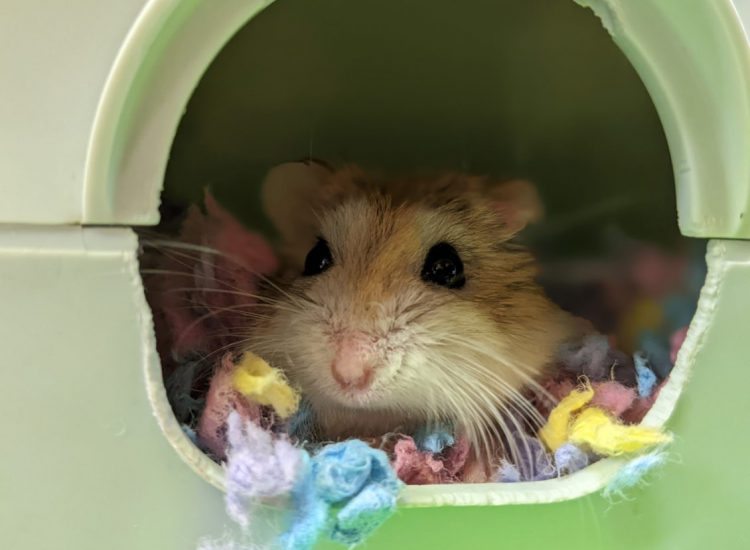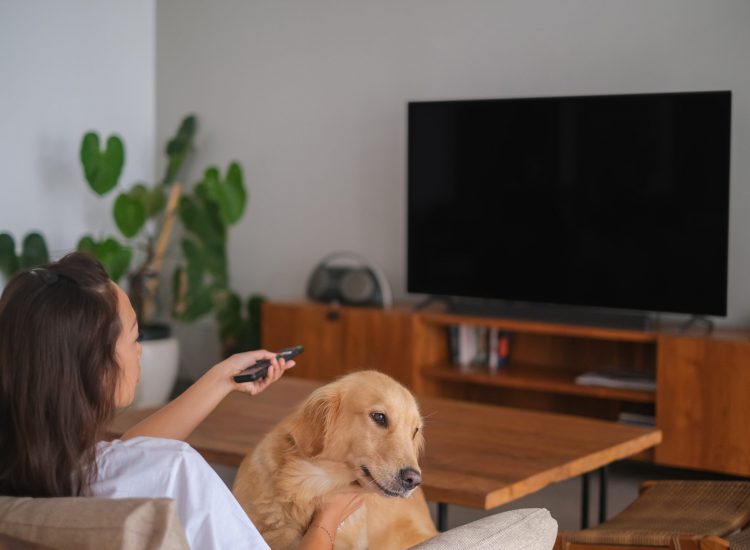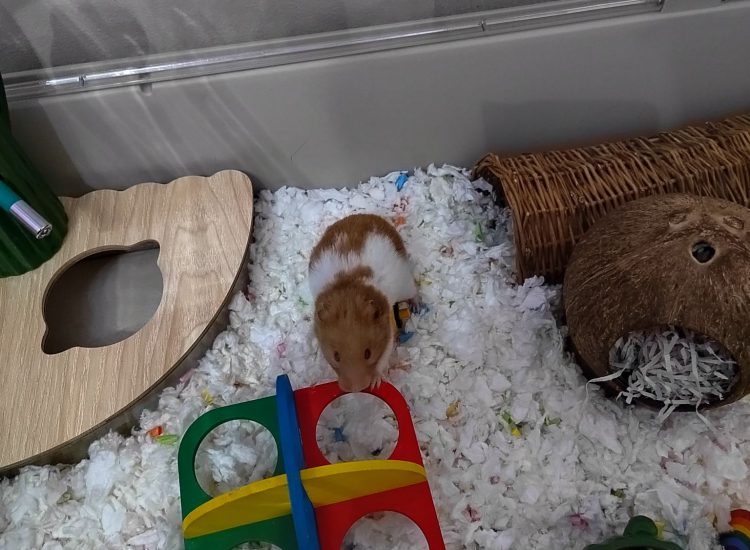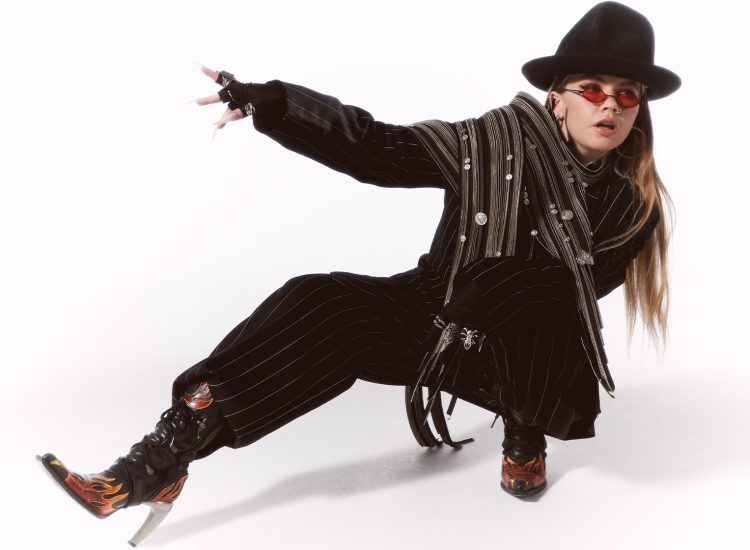Ethics
All animal experiments have been performed in accordance with the College of Tokyo’s Rules for Animal Care and Use, which have been authorized by the Animal Experiment Committee of the Institute of Medical Science, the College of Tokyo. The committee acknowledged and accepted each the authorized and moral accountability for the animals, as specified within the Basic Tips for Correct Conduct of Animal Experiment and Associated Actions in Educational Analysis Establishments beneath the jurisdiction of the Ministry of Training, Tradition, Sports activities, Science, and Know-how of Japan.
All experiments with SARS-CoV-2 have been carried out in enhanced biosafety stage 3 (BSL3) containment laboratories on the College of Tokyo, that are authorized for such use by the Ministry of Agriculture, Forestry, and Fisheries, Japan.
Cells
VeroE6/TMPRSS2 (JCRB 1819) cells have been propagated within the presence of 1 mg/ml geneticin (G418; Invivogen) and 5 μg/ml plasmocin prophylactic (Invivogen) in Dulbecco’s modified Eagle’s medium (DMEM) containing 10% FBS. VeroE6-TMPRSS2-T2A-ACE2 cells have been cultured in DMEM containing 10% Fetal Bovine Serum (FBS), 100 U/mL penicillin–streptomycin, and 10 µg/mL puromycin. HEK293T cells have been cultured in Dulbecco’s modified Eagle medium supplemented with 10% FBS. All cells have been maintained at 37 °C with 5% CO 2 . The cells have been usually examined for mycoplasma contamination by utilizing PCR and confirmed to be mycoplasma free.
Antivirals
Lively parts of remdesivir and molnupiravir (i.e., GS-441524 and EIDD-1931), and nirmatrelvir (PF-07321332) have been bought from MedChemExpress. S-217622 (ensitrelvir) was kindly supplied by Shionogi Co., Ltd. Compounds have been dissolved in dimethyl sulfoxide (in vitro) or 0.5% methylcellulose (in vivo) prior to make use of.
Viruses
The complete-genome nucleotide sequence of SARS-CoV-2 (hCoV-19/USA/WI-UW-5250/2021, B.1.617.2) was assembled into the pBeloBAC11 vector to generate infectious cDNA clones beneath the management of a cytomegalovirus (CMV) promoter as described previously33,34. The mutations answerable for the L50F/E166V and L50F/E166A/L167F substitutions in 3CLpro have been launched in the course of the PCR step. To rescue these viruses, pBeloBAC11 encoding the wild-type virus [hCoV-19/USA/WI-UW-5250/2021 (B.1.617.2, delta variant), GenBank Accession No. OR116091], Nsp5-L50F/E166V (Accession No. OR116092), or Nsp5-L50F/E166A/L167F (Accession No. OR116093) was transfected into HEK293T cells. At 3 days post-transfection, the supernatant containing the viruses was collected and inoculated onto VeroE6/TMPRSS2 at 37 °C to organize virus shares. The inventory viruses have been deep sequenced to substantiate the absence of undesirable mutations, and no place contained undesirable nucleotides that exceeded 10% of the inhabitants in all inventory viruses.
Deep sequence evaluation
The entire genome of SARS-CoV-2 was amplified by utilizing a modified ARTIC community protocol wherein some primers have been changed or added35. Briefly, viral RNA was extracted by utilizing a QIAamp Viral RNA Mini Equipment (QIAGEN). cDNA was synthesized by utilizing a Lunar-Script RT SuperMix Equipment (New England BioLabs) and subjected to a multiplexed PCR in two swimming pools utilizing ARTIC-N1 primers v5 and Q5 Scorching Begin DNA polymerase (New England BioLabs). The DNA libraries for Illumina NGS have been ready from pooled amplicons by utilizing a QIAseq FX DNA Library Equipment (QIAGEN) after which analyzed by utilizing the iSeq100 System in 150-bp paired-end mode utilizing an iSeq 100 i1 Reagent v2 (300-cycle) package (Illumina). The reads have been assembled by CLC Genomics Workbench (model 22, Qiagen). The typical protection depths of the wild-type virus, L50F/E166V, and L50F/E166A/L167F have been 8,078×, 10,742×, and eight,731×, respectively.
Related articles:
- https://altgames.xyz/structural-foundation-for-receptor-binding-and-broader-interspecies-receptor-recognition-of-at-the-moment-circulating-omicron-sub-variants/
- https://altgames.xyz/from-a-canine-barking-on-the-tv-to-hamster-houses-your-pet-queries-answered/
- https://altgames.xyz/4-kittens-and-hamster-deserted-in-newport/
- https://altgames.xyz/can-hamsters-eat-cucumbers_-every-little-thing-you-want-to-know/
- https://altgames.xyz/stay-attenuated-vaccine-scpd9-elicits-superior-mucosal-and-systemic-immunity-to-sars-cov-2-variants-in-hamsters/
Focus discount assay
Antiviral susceptibilities have been decided by utilizing a spotlight discount assay as beforehand reported2,3,4,36. Briefly, VeroE6-TMPRSS2-T2A-ACE2 cells in 96-well plates have been contaminated with SARS-CoV-2 at 100–400 focus forming unit/properly. After a 1-h incubation at 37 °C, the inoculum was changed with 1% Methyl Cellulose 400 (FUJIFILM Wako Pure Chemical Company) in tradition medium containing serial dilutions of the antiviral compounds. The cells have been incubated for 18 h at 37 °C after which fastened with formalin. The cells have been stained with a mouse monoclonal antibody in opposition to SARS-CoV-2 nucleoprotein, clone N45 (TAUNS Laboratories, Inc., Japan), adopted by a horseradish peroxidase-labeled goat anti-mouse immunoglobulin (Jackson ImmunoResearch Laboratories Inc.). Foci have been visualized by utilizing TrueBlue Substrate (SeraCare Life Sciences). The main focus numbers have been quantified by utilizing an ImmunoSpot S6 Analyzer, ImmunoCapture software program, and BioSpot software program (Mobile Know-how). The 50% inhibitory focus (IC 50 ) values and 95% confidence intervals have been calculated by utilizing GraphPad Prism 9.3.0 (GraphPad Software program).
Development kinetics in vitro
VeroE6/TMPRSS2 cells have been contaminated with the indicated virus at a multiplicity of an infection (MOI) of 0.001. After a 1-h incubation at 37 °C, the inoculum was changed with medium ± 20 μM nirmatrelvir. Cell tradition supernatants have been collected at 8, 16, 24, 32, 40, 48, 56, and 72 h post-infection. Virus titers have been decided by means of a plaque assay in VeroE6/TMPRSS2 cells.
Experimental an infection of Syrian hamsters
5- to six-week-old male Syrian hamsters (Japan SLC) have been used on this research. Since SARS-CoV-2 often fails to copy in feminine hamsters, we used solely male hamsters on this research. Below isoflurane anesthesia, 5 hamsters per group have been intranasally inoculated with 105 plaque forming unit (PFU) of the indicated virus. Physique weights have been measured day by day earlier than inoculation and 10 days after inoculation. Respiratory parameters [Penh (a nonspecific assessment of breathing patterns) and Rpef (a measure of airway obstruction)] have been additionally measured by utilizing a whole-body plethysmography system (PrimeBioscience) as beforehand described37,38.
For the virus titration, 5 hamsters per group have been intranasally contaminated with 105 PFU of the indicated virus. At 3 and 6 days post-infection, the animals have been euthanized and nasal turbinates and lungs have been collected. The virus titers in these organs have been decided by use of plaque assays on VeroE6/TMPRSS2 cells.
The transmission research was carried out as beforehand described39,40. Briefly, 5 hamsters per group have been intranasally contaminated with 105 PFU of every indicated virus and positioned in cages. Someday after an infection, naïve hamsters have been positioned in adjoining cages, 5-cm aside, separated by a double-layer partition with unidirectional air move. Contaminated and uncovered hamsters have been euthanized at 4 days post-infection or 3 days after publicity. Nasal turbinates and lungs have been collected for virus titration on VeroE6/TMPRSS2 cells.
For the co-infection research, wild-type virus and Nsp5-L50F/E166V or Nsp5-L50F/E166A/L167F have been combined at a ratio of three:7 primarily based on their titers, and the virus combination (whole 2 × 105 PFU) was inoculated into ten hamsters per group. Someday after inoculation, 5 hamsters per group have been handled orally with nirmatrelvir at 250 mg/kg twice day by day as beforehand described41,42. The remaining 5 hamsters per group have been left untreated. The animals have been euthanized at 4 dpi and their nasal turbinates and lungs have been collected for deep sequence evaluation. The ratio of wild-type to Nsp5-L50F/E166V or Nsp5-L50F/E166A/L167F was calculated from the variations at positions 10202 and 10551 or 10202, 10551, and 10555, respectively. Samples with learn depths of greater than 1000 have been analyzed.
Statistical evaluation
GraphPad Prism software program model 9.3.0 was used to calculate P values. We in contrast virus titers in hamsters with the management by utilizing a one-way ANOVA adopted by Tukey’s a number of comparisons. Physique weight and virus development kinetics have been in contrast by utilizing a two-way ANOVA adopted by Tukey’s a number of comparisons. Transmission effectivity was in contrast by utilizing a two-sided Fisher’s actual take a look at. The frequency of wild-type virus within the nasal turbinate and lungs of the handled hamsters was in contrast with that of the untreated hamsters by utilizing the Mann–Whitney take a look at adopted by the two-stage step-up process of the Benjamini, Krieger, and Yekutieli take a look at. Variations between teams have been thought-about important for P values < 0.05. Reagent availability All reagents described on this paper can be found by way of Materials Switch Agreements. Reporting abstract Additional info on analysis design is out there within the Nature Portfolio Reporting Abstract linked to this text.
